
By Lydia Polgreen - Three months after winning re-election in a landslide, Sri Lanka’s president, Mahinda Rajapaksa, sought to solidify his party’s hold on power by securing a two-thirds majority in parliamentary elections held Thursday.
Candidates and election monitors said that voter turnout appeared to be unusually low, especially given the circumstances: the country was holding its first parliamentary elections since the Tamil Tiger insurgency was defeated in May 2009.
Mr. Rajapaksa was hoping to consolidate his presidential victory with a solid majority in Parliament. He has pledged to take firm steps to unite this ethnically divided and war-ravaged nation once the election is over.
But opposition parties accuse him of seeking to turn Sri Lanka, one of South Asia’s oldest democracies, into an effectively one-party state by using government resources to ensure that his party’s candidates prevail.
Mr. Rajapaksa’s main opponent in the presidential contest, a retired army general, Sarath Fonseka, is under arrest and in the midst of a court martial, accused of using his military post to advance his political career. Government officials say that he was plotting a coup. General Fonseka’s supporters say that the charges against him were brought to punish him for running against his onetime ally.
Mr. Rajapaksa won the January election handily with 58 percent of the vote, against General Fonseka’s 40 percent.
The opposition parties that had united in an unwieldy coalition behind General Fonseka went their separate ways for the parliamentary elections, and most are in disarray. The best they could hope for, analysts said, was to prevent Mr. Rajapaksa’s party from winning a sweeping majority that would allow it to rewrite the Constitution.
“It is a low-turnout poll,” said Ravi Karunanayake, a candidate of the main opposition party, the United National Party. “Low turnout is likely to turn out to our advantage.”
Paikiasothy Saravanamuttu, director of the Center for Policy Alternatives, an independent public policy institute, said the low turnout was most likely a sign of voters’ apathy.
“It is a paradoxical election,” Mr. Saravanamuttu said. “There are 7,600 candidates, but they don’t seem to have enthused their fellow citizens.”
Mr. Rajapaksa, who was first elected in 2005 after promising to defeat the rebels, has pledged to use a large parliamentary majority to take measures to unify the country, which is split along religious and ethnic lines among the Sinhalese Buddhist majority, the minority Tamils, most of whom are Hindu, and a small Muslim population.
The Tamil Tiger insurgency sought a separate homeland in northern Sri Lanka. After the Sri Lankan Army’s decisive defeat of the rebel group, most Tamil parties in Sri Lanka have given up on that dream and hope instead for a measure of self-rule within a united country. But many Sinhalese hard-liners see autonomy as a precursor to independence and want to keep the highly centralized system of government intact.
Election-monitoring groups reported sporadic violence in the days before the voting, but election day was largely peaceful, according to the Center for Monitoring Election Violence.
© The New York Times
![Reblog this post [with Zemanta]](http://img.zemanta.com/reblog_e.png?x-id=9fab57d0-6153-4fe3-8405-989950adf36e)

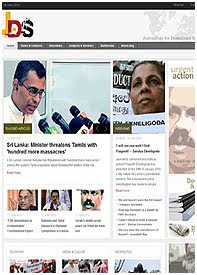

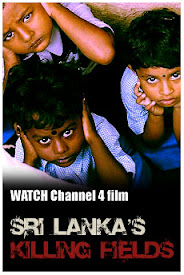

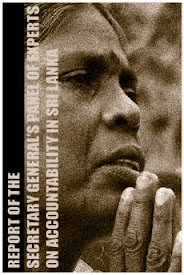



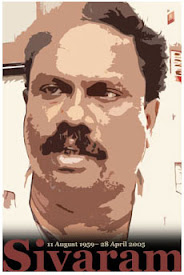

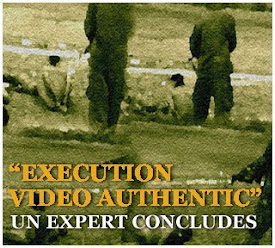

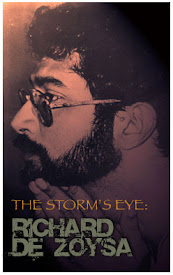

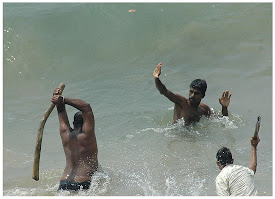
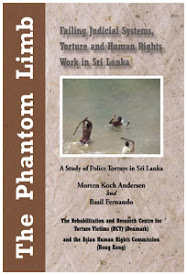
No comments:
Post a Comment